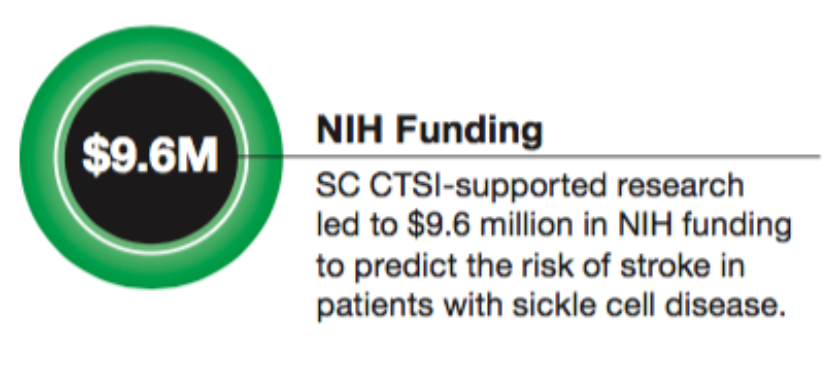
25% of sickle cell disease (SCD) patients will experience major strokes. Transcranial Doppler is the method currently used for estimating stroke risk in these patients. It may overestimate the risk by as much as 70%. As a result, many patients receive costly and sometimes risky blood trans- fusions to prevent strokes that they aren’t going to have in the first place. John Wood, MD, PhD, principal investigator, The Saban Research Institute of CHLA; professor of pediatrics and radiology, USC Viterbi School of Engineering; and associate professor of pediatrics, Keck School of Medicine of USC, is leading a team of researchers in developing an approach they believe will be more accurate in defining stroke risk in SCD. They are using functional MRI technology to assess brain blood flow patterns and metabolic rates, both potential markers for a future stroke. The SC CTSI provided pilot funding for studies that allowed Wood and his team to improve their method and identify abnormalities in blood flow and brain metabolism in children with SCD. The team used this information to win a prestigious $9.6 million NIH grant to fine-tune the MRI approach and then use it to test different treatments for stroke prevention in SCD. “Currently, we’re over-treating 70% of the SCD population,” said Wood. “Our goal is to help clinicians do much better so they can target the right treatments for stroke prevention to the right patients. The funding provided by the SC CTSI allowed us to get this project off the ground.”
